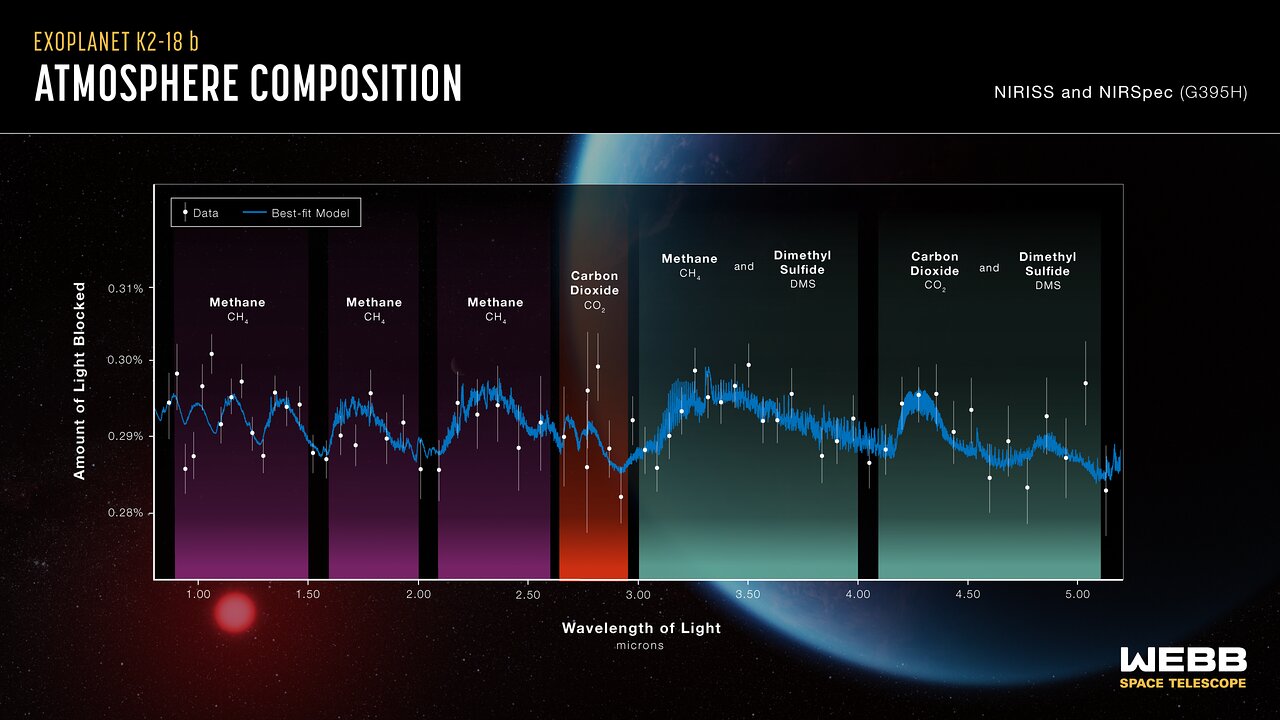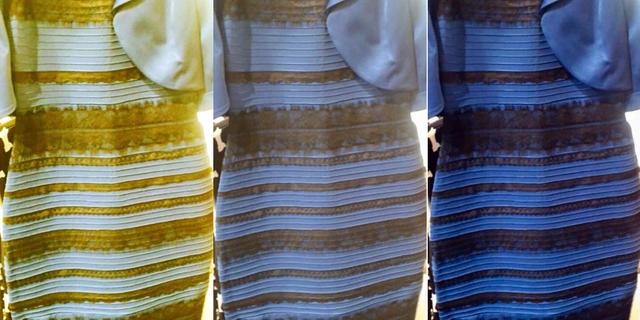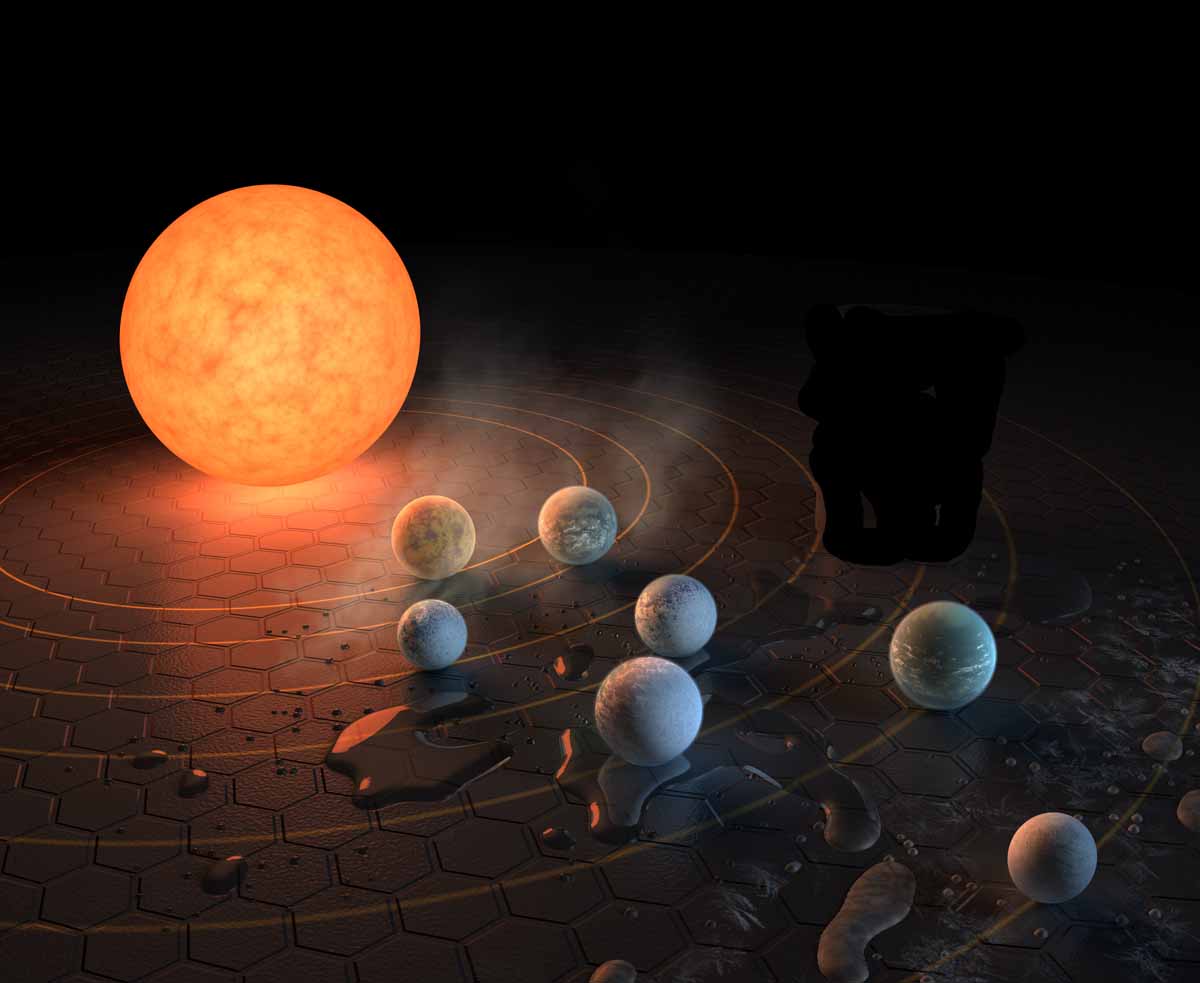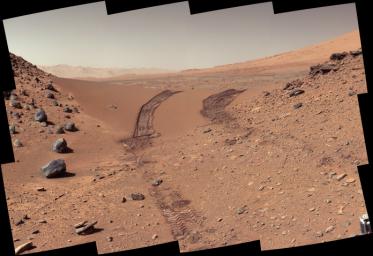Chris Peterson wrote: ↑Wed Sep 20, 2023 4:07 pm
johnnydeep wrote: ↑Wed Sep 20, 2023 3:46 pm
So which is the more accurate human eye depiction, this APOD or the image from Wikipedia?
k2-18b.jpg
I'd definitely go with the one on the right. Red dwarfs are not red, any more than our sun is green. Their spectra may peak in the red and IR, but that's quite different. The image on the left looks like a carbon star! To our eyes, red dwarfs look whitish-orange. And from inside the system, the star would likely look close to white to our eyes, and a water planet is basically blue... even when illuminated with very warm white sunlight.
I agree that an M-type star would look mostly white to our eyes, if it had been our Sun. But I don't agree that the Earth would have been blue planet if it had been orbiting an M-type dwarf.
There are two ways of defining the color blue. There is the objective way, which has to do with measuring wavelengths. I would define wavelengths between 475 and 440 nm as "objectively blue", although you could certainly argue about the exact span of wavelengths.
But to us humans, "blue" is what our brains actually tell us is what we think of as "blue". And that is a subjective matter. A stunningly perfect demonstration of how much our brains can be fooled was the actual color of a famous striped dress. Was the dress white and gold or blue and black?
Well, it turns out that the dress was in fact blue and black. My point is that our brains can be fooled. So if the Earth had orbited a red dwarf star, which produced very little light between 440 and 475 nm, we might still "see blue" in the world we lived in.
My point is that there would be very little actual blue light. And that would make an objective difference.
I recommend this question and answer from Quora:
Quora wrote:
Q: What colour sky would you observe from a planet around a dwarf star such as TRAPPIST-1?
A: First of all, note that while TRAPPIST-1 (henceforth referred to as T-1) is an extremely cool red star, it’s still about 2600 Kelvins, which isn’t that much cooler than an incandescent light bulb filament. It would certainly appear reddish, but not the deep red color that artists tend to give red stars.
But it’s what you don’t see that’s important. According to this calculator, T-1 only emits about 4% of its light in the visible portion of the spectrum, a miniscule 0.05% in the ultraviolet, and everything else in the infrared (microwaves, x-rays, etc. are negligible). Of the visible light, 9.3% is in the violet to blue range, 30% is in the blue-green-yellow range, and 60% is in the yellow-orange-red range.
By comparison, the sun emits 28% of its light in the visible spectrum, 9.4% in the UV, and the remaining 62.5% in the infrared. Of the visible light, 34% is violet-to-blue, 35% is blue-green-yellow, and 32% is yellow-orange-red.
Now, let’s think about what we’d see if we were getting the same total irradiance from T-1 as Earth does from the sun, which is close to T-1d (which gets 114% of Earth’s irradiance). First, the visible light would be seven times dimmer in total, comparable to a cloudy day even with clear skies. If you were a bird or some other creature that could see Ultraviolet, you’d really notice: there would be less than 1% of the available ultraviolet radiation that the sun produces. Incidentally, this means that getting a sunburn on one of T-1’s planets would probably be impossible. It might even mean you could look directly at the star without hurting your eyes, because UV does a lot more damage than visible or especially infrared light.
If you dove underwater, you’d also notice a big change: even in crystal-clear water it would very quickly become dark. This is because of the relatively lack of blue-violet light, which travels through water MUCH more easily than yellow or red light.
But what about the sky? Well, if the atmosphere is relatively earthlike, then Rayleigh scattering will scatter blue light more effectively, but there’s less of it. With blue light being so much less abundant,
the sky might actually end up having a grey or yellow color! It would also be relatively dark. However, more dense atmospheres create more scattering and a paler sky, while less dense atmospheres create a darker sky, to the limit where with no atmosphere at all it’s black.
According to the same Quora answer, however, the planet (or planets?) would look bluish, because
Sadly, due to the dearth of visible light and the planet’s likely blue color (meaning the most common light, red, would be absorbed more)
I don't understand why a planet would look blue because it was illuminated by a reddish sun in a way that made the most common light, red, to be absorbed more. Why would red light be absorbed more to make the planet look blue?
Anyway, this is my point. If we lived on a planet orbiting a red dwarf star, our daytime skies would be darker and less blue than they are here on Earth.
However, I also found this illustration of red dwarf star Trappist-1 and its mostly bluish-looking planets. Does anyone care to explain why most of the planets would look so blue?
Ann
 Methane Discovered on Distant Exoplanet
Methane Discovered on Distant Exoplanet





